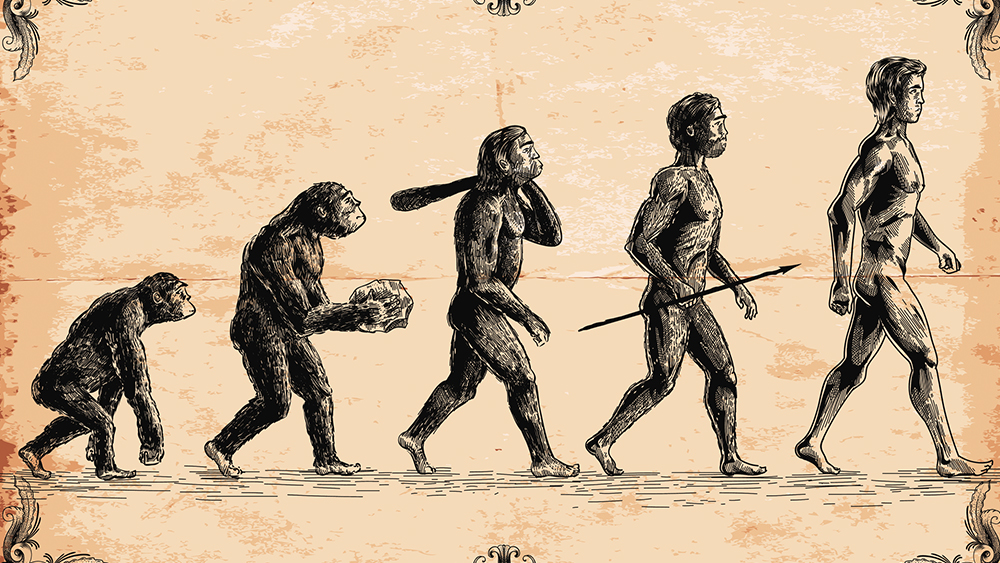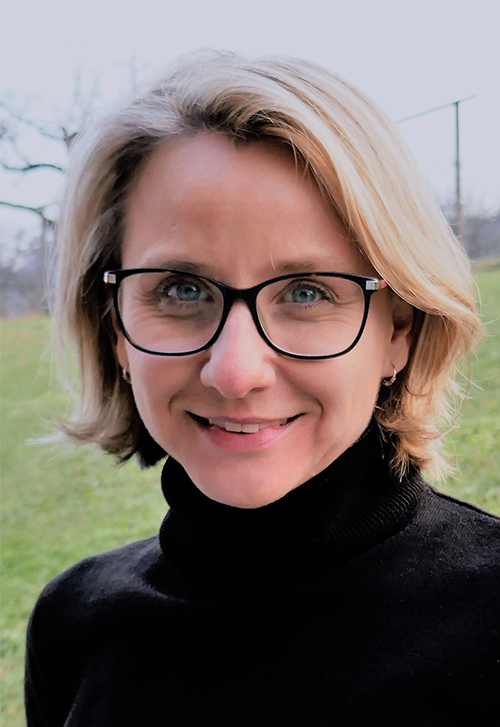Navigation auf uzh.ch
Navigation auf uzh.ch

The European Research Council (ERC) uses its Consolidator Grants to promote outstanding researchers with between 7 and 12 years of experience after their PhD conferral and a scientific track record showing great promise. The researchers’ projects receive funding of a maximum of 2 million euros for a period of up to five years. These grants are thus highly competitive and sought after.

Understanding human evolution
Humans are great apes, but despite all the similarities, they differ dramatically from the others, in particular with regard to cognition, cooperation, and communication. Interdependence is likely responsible for why exactly it was our ancestors, rather than any other ape, to evolve into this peculiar hyper-cooperative niche. Judith Burkart, professor at the Department and Museum of Anthropology, and her team will put this idea to test by evaluating the consequences of interdependence in marmoset monkeys in the jungle of Brazil and in captivity. They will follow two lineages of monkeys over generations, an interdependent lineage whose members mandatorily depend on each other to make their living, and an independent one who can overcome these daily challenges through purely individual effort. This will allow the team to map precisely the direct consequences of obligate interdependence on cognition, cooperation and communication, and thus ultimately to specify the role that interdependence may have played during human evolution.

Medicinal Radiochemistry and Imaging Science
Jason P. Holland, SNSF Professor in Chemistry, and his group work on the design, synthesis and application of radioactive molecules for diagnostic imaging and drugs for treatment of cancer. The dynamic and complex nature of cancers presents a ‘moving target’ for medicine. To tackle this problem, modern medicines are becoming ever more sophisticated in both their molecular composition and their modes of action. When creating these next generation drugs and imaging agents, we also need fast, reliable, and automated chemistry that allows rapid translation from the laboratory to the clinic. This project will harness chemical reactions that are controlled by light (photochemistry) to make new combinations of proteins, radionuclides, and drugs, in a flash.